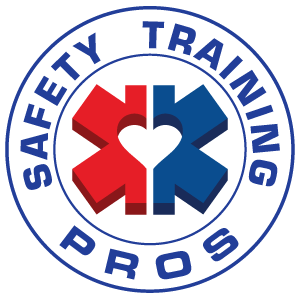- October 10, 2016Did you know that sudden cardiac arrest takes the lives of over 300,000 Americans each year? According to Mary Newman, SCA Foundation…
- September 26, 2016"Students can be taught the fundamental life-saving skill of hands-only CPR in 30 minutes or less" EMS1 Staff In August, Gov. Jerry…
- October 8, 2015An automated external defibrillator (AED) is a lightweight, portable device that delivers an electric shock through the chest to the…

